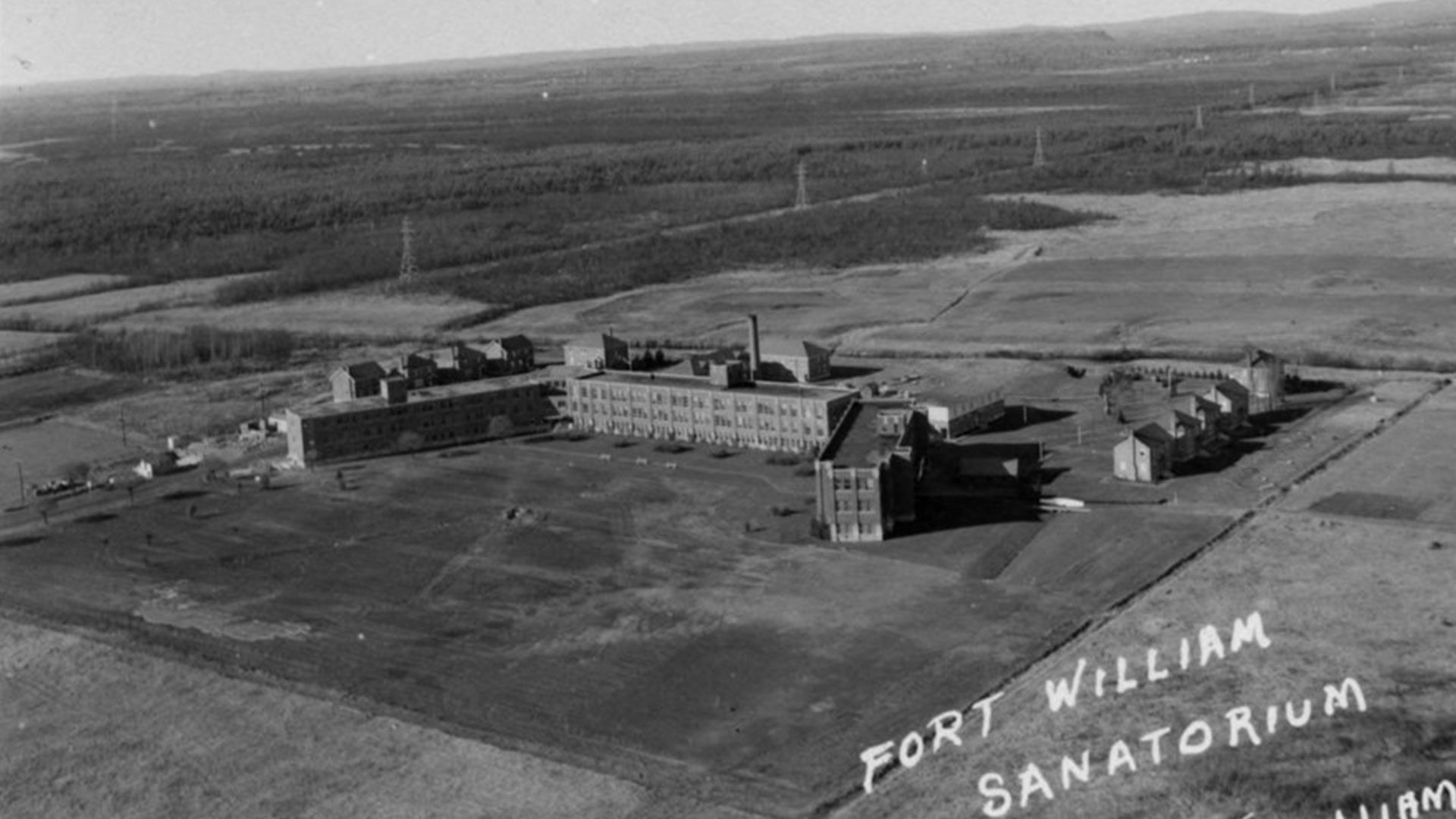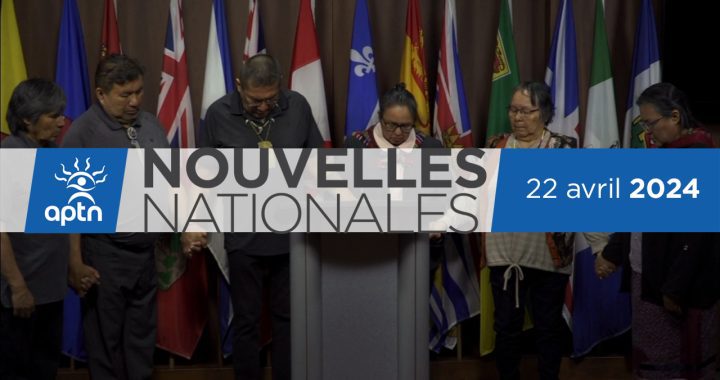Warning: This story contains details that may be upsetting. The Hope for Wellness Hotline can be reached 24 hours a day at 1-855-242-3310 or online at www.hopeforwellness.ca.
A group of researchers from the University of Winnipeg is preparing a guide that will help to locate those patients who never returned from tuberculosis hospitals in the 1950s and ‘60s.
Anne Lindsay joined the Manitoba Indigenous Tuberculosis History Project (MITPH) as an archivist to launch the online guide next month.
“[Indigenous communities are] looking for a guide that could help them find out what’s happened to family and community members,” she said.
Lindsay assembles archival information from a variety of sources, including churches, residential schools, and provincial and federal institutions.
She says the work is incredibly complex and should be more accessible to survivors and their family members.
“The bewildering range of places relevant records may be housed makes it difficult and sometimes even impossible for families to find information about the deaths and burials of loved ones,” said Lindsay.
Understanding the connection between residential schools and tuberculosis (TB) hospitals is something she says is often overlooked.
“Indigenous schoolchildren who fell ill were more and more often moved from segregated residential and day schools into segregated hospital beds,” she said.
MITPH recently helped locate the burial site of a tuberculosis patient through archival documents.

Saul Day says he spent much of his life wondering what happened to his mother.
“It was a shock,” he said. “I felt relieved that finally she has been found and that I would be able to go visit the grave and do grief work.”
“I haven’t seen her since I was four years old,” said Day.
Day spent 14 years at the McIntosh Indian Residential School and just over a year at the Fort William Sanatorium.
“I was in McIntosh residential school and a couple of us that had TB were sent to [the Fort William Sanatorium],” he said. “We never had any choice what happened to us.”
He says the experience was painful and is focused on doing the work to heal what was broken.
Read More:
‘It was censorship’: Letters from Inuit TB patients reveal loneliness and government surveillance
An APTN investigation revealed thousands of letters were written by patients in tuberculosis hospitals across the country.
The letters offered first-hand accounts of the stark conditions patients were made to endure.
And many letters indicated patients were transferred from one sanatorium to the next, often crossing provincial borders.
“She left to go to the [Brandon] Sanatorium and that was it,” said Day, referring to the last time he saw his mother.
Day says he is looking forward to visiting his mother’s final resting place with his family this spring.









